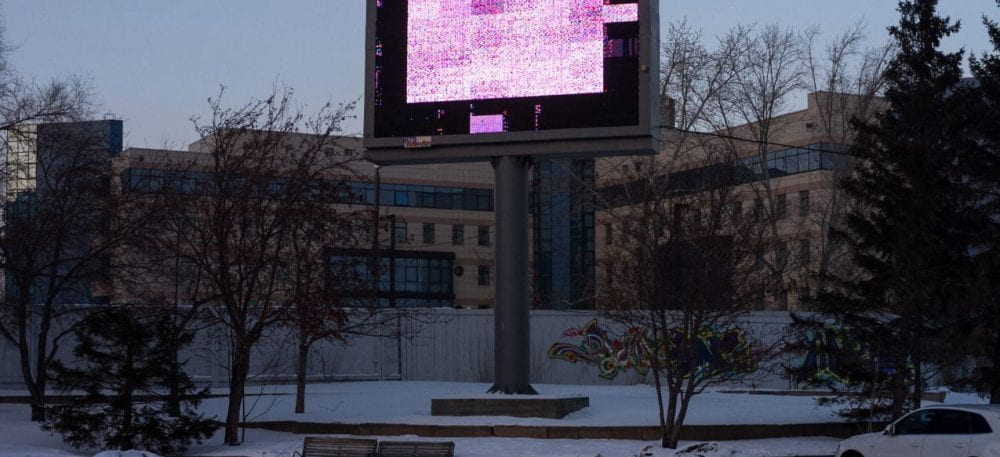Me again. I’m gonna try to get the rest of these blogs and responses out tomorrow night so a weight will be lifted off of my shoulders. Fortunately for me, I’m very familiar with the idea of intersectionality, so hopefully this post will make more sense than the others. Before I even knew the proper term for it, I was aware of the idea of different prejudices and levels or oppression intertwining with one another. For disenfranchised people, there is a number of different oppressions that may effect them throughout their everyday life such as if they are able bodied, a person of color, a woman, man, or something in between. In terms of ecofeminism, I feel that the idea of intersectionality is very prevalent. Most of our discussions have not just linked back to the idea of being a woman, but the idea of being a woman of color living in an entirely separate part of the world that we may not be familiar with. In particular, ecofeminists tend to focus on intersectionality being a web rather than a structured hierarchy. What this means is that rather than weighing one oppression over the other, all of them are on the same level and are simply mixed and connected with one another.
In the reading “Intersectionality and the Changing Face of Feminism”, a very important and interesting point is brought up by Mari J. Matsuda. “When I see something that looks racist, I ask, ‘Where is the patriarchy in this?’ When I see something that looks sexist, I ask, ‘Where is the heterosexism in this?’” and “When I see something that looks homophobic, I ask, ‘Where are the class interests in this?’” Despite two different forms of oppression not initially looking to be interwoven or connected, we can find that there is actually more that meets the eye. There is usually a common oppressor or oppressors that prevents those being marginalized from being treated equally and fairly. It is also very important for one to put them self in this mindset to begin with as not everything is black and white.
It’s honestly a very backwards notion to separate different kinds of women from feminism in the first place. The article “The Necessity of Black Women’s Standpoint and Intersectionality in Environmental Movements” brings up very important points when discussing black women in particular and the ecofeminist movement. It states, “there also exists critique that there is a lack of recognition for black women’s work combating environmental racism within the environmental justice movement. In addition, the environmental justice movement does not specifically address intersections of environmental racism with sex.” Like I said, the idea of leaving out a group of women is so bizarre to me. I am a firm believer in ideas such as, if your version of feminism excludes women of color than it is not truly feminism. It is taking steps backwards to leave a certain group of women out of the picture. And i feel that this couldn’t be more true when it comes to the experiences of black women. I feel that black women and other women of color have SO much to add to the ecofeminist discussion. This is not a white-only issue and in fact I feel that the struggles faced by women of color provide even better examples of the oppression of women and its connection to the environment. Many provleged white women do not want to acknowlegde the provlege they have over other women of color and its a sad fact. I’ve seen the term “white feminism” thrown around here and there to describe this exclusion of women of color from feminist ideas and discussions. Women of color in third world countries are victims of so much subjugation when it comes to environmental oppression. We’ve come to discuss the many hardships such as having your own land taken away, having to travels miles and miles just to obtain clean drinking water, and explored many movements that are lead by women of color. Intersectionality is crucially important with not just ecofeminism, but feminism as a whole.
Okay, I usually think images like these are a bit tacky, but I actually enjoy this one and feel that it fits with the ideas explored in this post.

